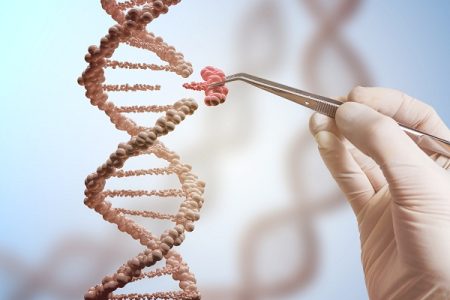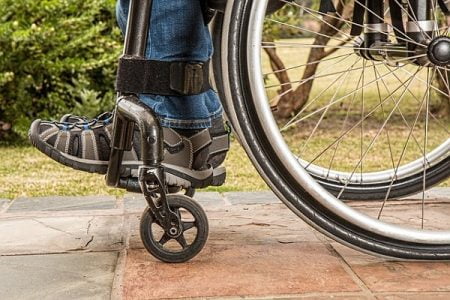Duchenne Muscular Dystrophy Life Expectancy
- Updated on: Jul 11, 2024
- 2 min Read
- Published on Apr 22, 2021


Duchenne muscular dystrophy (DMD) is a genetic disorder characterized by progressive muscle degeneration. It is one of the many types of muscular dystrophy.
DMD is caused by an absence of dystrophin. Dystrophin is a protein that helps keep our muscle cells bound together. Symptoms of DMD may appear in early childhood, between ages 3 and 5. The disease mainly affects boys, but in can affect girls also in some rare cases. Read more about Duchenne muscular dystrophy.
Progression of Duchenne muscular dystrophy
Duchenne advances differently for every person. Even siblings with the same mutation may have difference experience of the progression of DMD symptoms.
First, muscle loss is noticed in early childhood. This causes loss of strength, function, and flexibility in the hips, thighs, pelvis, etc. The disease then progresses to the arms, lower legs, and trunk. Due to an absence of dystrophin in the muscles of the heart and lungs, heart and breathing functions are also affected. Some people have problems with memory, learning, and behavior due to the absence of dystrophin in the brain.
See also: Duchenne Muscular Dystrophy (DMD): Causes, Signs, Symptoms, Diagnosis, Treatment, Survival
What is the life expectancy in Duchenne muscular dystrophy (DMD)?
How long a person with Duchenne muscular dystrophy lives depends on many factors such as:
- degree of muscle weakness
- positioning of their bed
- heart and respiratory medication
- other medical facilities
- level of care
Kids with DMD usually did not survive beyond their teen years until recently. But, with advances in cardiac and respiratory care, life expectancy has increased and is further increasing with more research and clinical trials going on in this disease.
Many children affected with DMD are now able to attend college and have their careers. Some are even able to get married and have children. It is now common for people with duchenne muscular dystrophy to survive into the early 30s. Some cases have been reported where men lived into their 40s and 50s too.
What is the average life expectancy in duchenne muscular dystrophy?
The average life expectancy is 26 years. But, as mentioned above, some children are able to live into their 30s or 40s with excellent medical care. Gene therapy is treatment that may improve the life expectancy for people with DMD much more in future. It is currently in the early stages of study in humans.
In a study published in ‘Annals of Physical Medicine and Rehabilitation Medicine’, the life expectancy without or with ventilatory assistance was found to be 22.16 and 36.23 years, respectively. It was also found that the life expectancy of patients born from 1970 (mostly with ventilatory assistance) was 40.95 years old from 1970 and 25.77 years old before 1970.
Further, over the years, causes of death also have changed in people with DMD. Cardiac origins of death have increased from 8% to 44%, which is a significant increase.
It is found that ventilator assistance may prolong the survival of DMD patients by more than 15 years. It allows improved and a satisfactory quality of life, and should be considered as an effective disease management method and be proposed to patients and their families.











